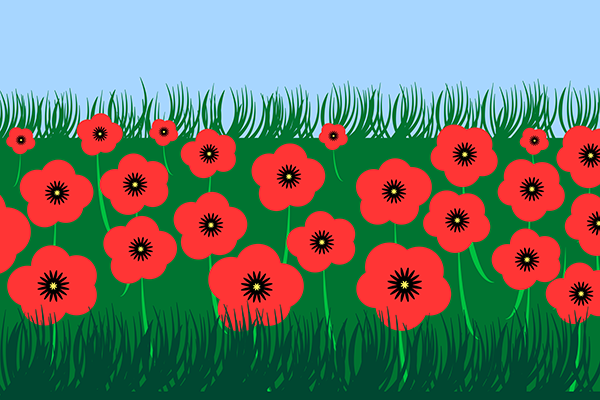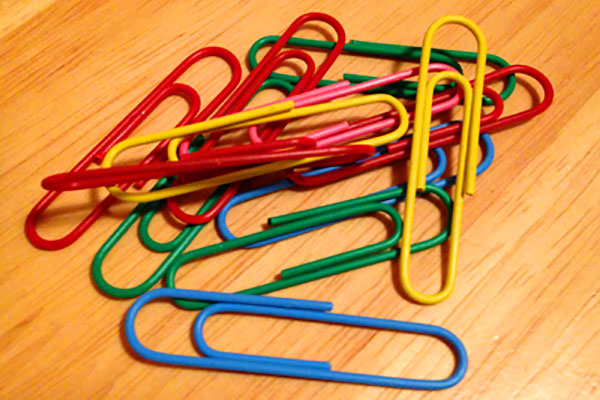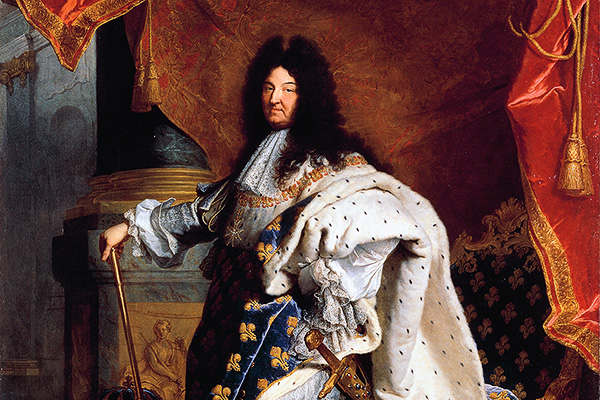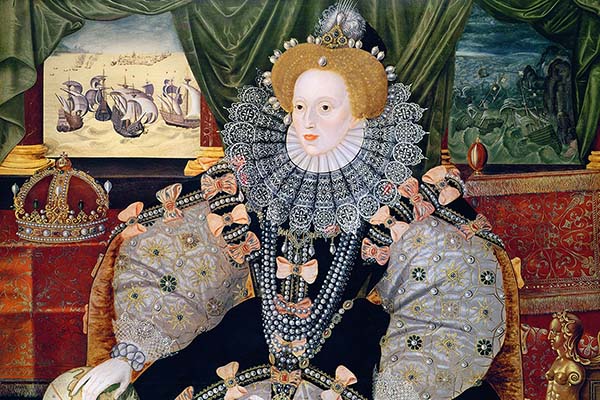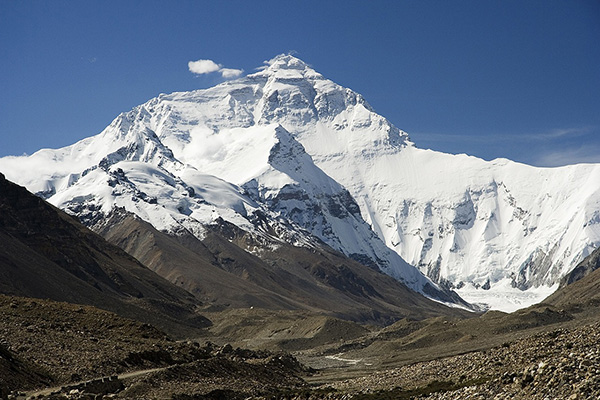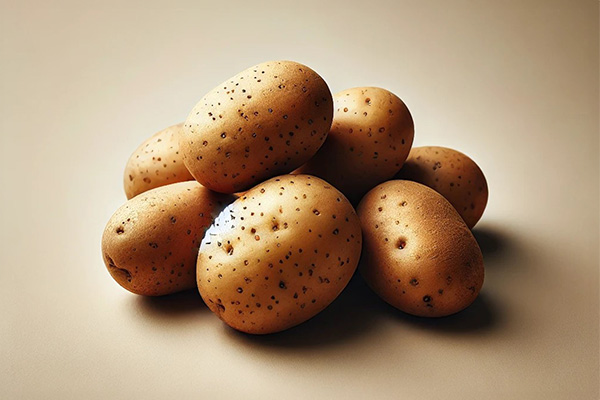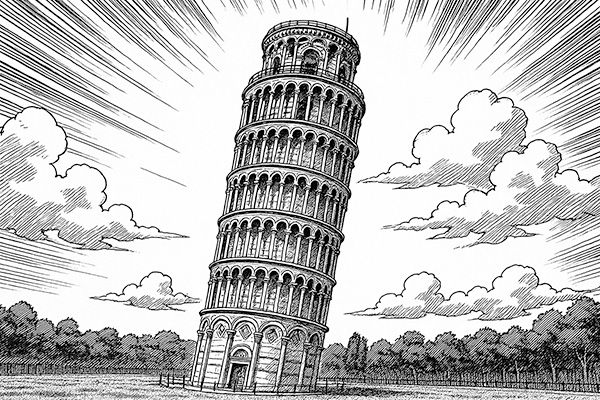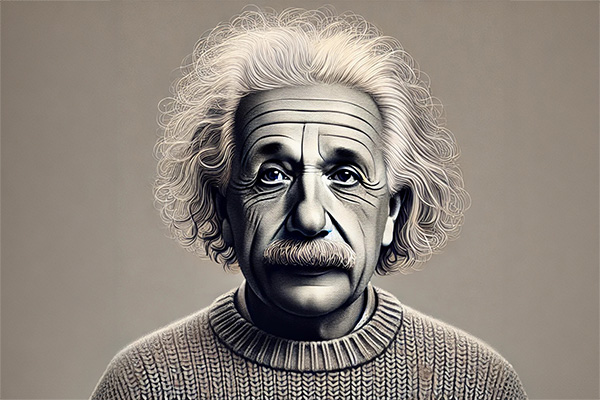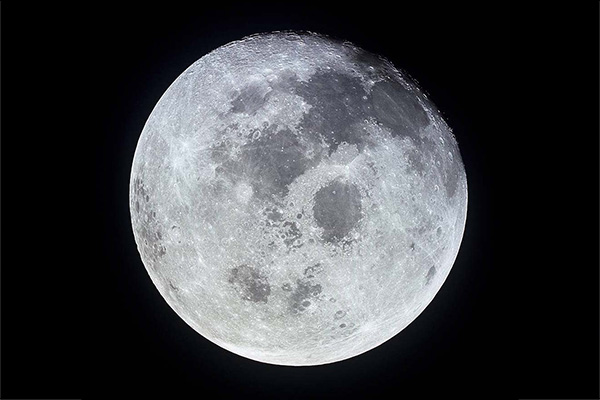
Panama is the southernmost country in Central America, bordered by Costa Rica to the west and Colombia to the southeast. Its unique geography forms the narrow isthmus that connects North and South America, and it's one of the few countries with coasts on both the Pacific Ocean and the Atlantic Ocean (via the Caribbean Sea).
As of 2024, Panama's population is estimated at around 4.5 million people - up from just 318,000 in 1907. It ranks around 128th in global population, reflecting steady growth thanks to its role as a transport hub and financial centre.
Spanish is Panama's official and most widely spoken language, but English is commonly spoken, especially in Panama City and tourist areas. Many Panamanians are bilingual, making it one of the most English-friendly countries in Latin America.
Panama has been a democratic republic since its independence in 1903. Presidential and vice-presidential elections are held every five years, with the last vote scheduled for May 2024. The winner of that election, and therefore current president of Panama, is José Raúl Mulino Quintero.
After decades under Spanish rule and later Colombia, Panama gained independence on 3rd November 1903 with support from the United States, which wanted to build the Panama Canal. A treaty granting the U.S. the right to construct and control the canal followed just two weeks later.
Panama’s flag is divided into four quarters: one red star on white, one solid red, one solid blue, and one blue star on white. The stars represent the country’s main political parties (red for Liberals, blue for Conservatives), while the white stands for peace and unity. It was designed by the son of Panama’s first president, Manuel Amador Guerrero.
Panama's official currency is the balboa, but U.S. dollars are used for all paper money. Balboa coins, which match U.S. coins in size and value, circulate alongside U.S. coins. Banknotes in balboas were printed briefly in 1941 but withdrawn after one week.
Despite the name, Panama hats are made in Ecuador. The name stuck because the hats were shipped through Panama on their way to global markets. They gained popularity when U.S. President Theodore Roosevelt wore one while visiting the Panama Canal in 1906.
The Panama Canal, completed by the United States in 1914, allows ships to pass between the Atlantic and Pacific Oceans without rounding South America. After failed French efforts in the late 1800s, the U.S. successfully built the canal, which Panama took full control of in 1999. A major expansion was completed in 2016 to accommodate larger vessels.
Every vessel using the Panama Canal pays a toll based on size, type, and cargo. The smallest toll ever paid was 36 cents by swimmer Richard Halliburton in 1928. In contrast, modern tolls for massive cargo ships can exceed $500,000, especially for vessels using the expanded canal route.

